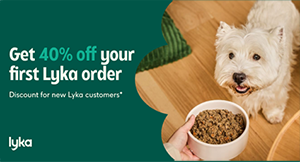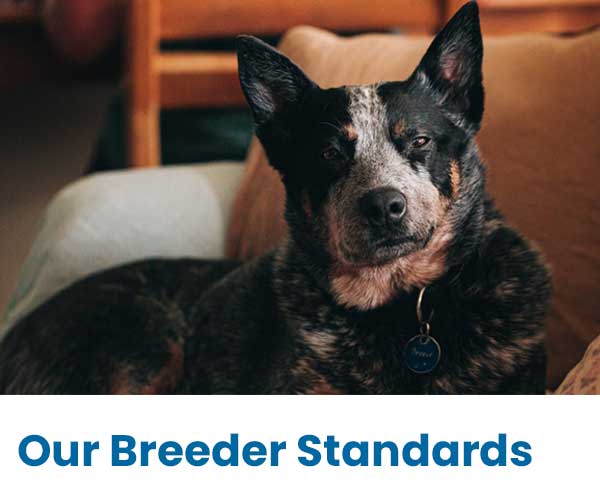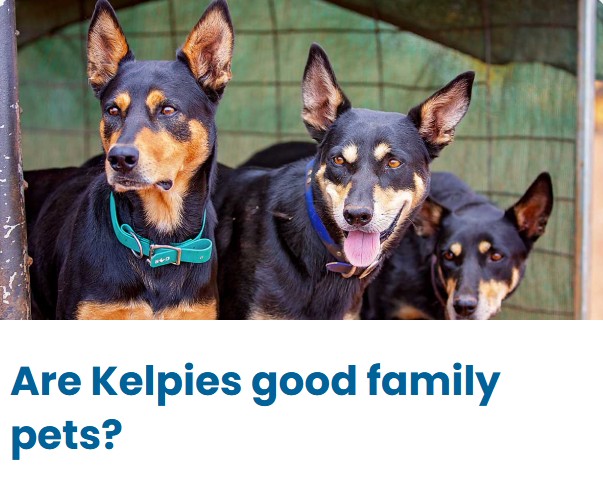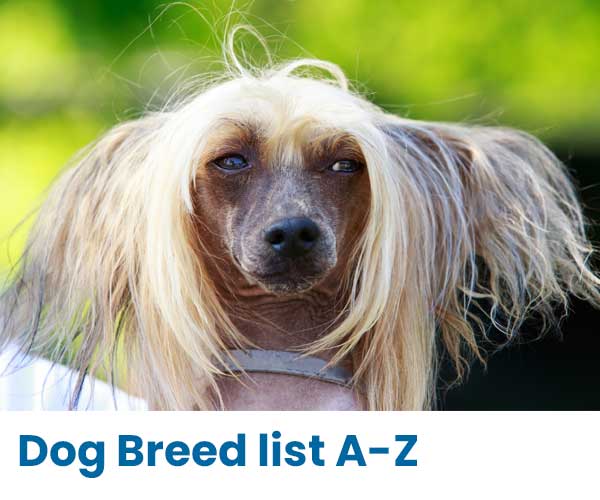Havanese breed guide
Sometimes called the Havanese Silk dog, the Havanese is the national dog of Cuba. They are of the same Bichon family as the Bichon Frise, the Maltese and the Lowchen. The Havanese may be small in stature, but it is a muscular dog with great stamina. They are known for their endearing head tilt which gives the impression that they are listening intently.
Havanese Temperament
The Havanese is a quiet, mischievous breed that can be very active both inside and outdoors. They are primarily companion dogs, although their jumping ability makes them successful at agilty and other dog sports.
They are happy and lively and make excellent companions for children an older people.
The ideal owner for a Havanese
Havanese dogs are intelligent and a?ectionate breed and love to be the centre of attention. They love human companionship, play well with children of all ages, and get along well with dogs of all sizes and cats.
These dogs have strong social needs and do not cope well with being left alone for long periods.
Training and socialisation
These dogs are smart and training should be started as early as possible because they have a tendency to keep bad habits learnt in puppyhood. Like many toy breeds they can be very difficult to housebreak, although they can be trained to use an indoor litter tray like a cat. They are very smart and can be toilet trained faster than many other toy dogs.
How much space and exercise do Havanese need?
Due to their tropical origins, the Havanese is susceptible to the cold and should be kept mostly indoors during colder months.
Havanese & Grooming
The Havanese doesn't shed and is considered to be hypoallergenic dog. Despite this it is a double coated dog, although the outer coat is generally very light and soft.
As with most low shedding dogs, the Havanese requires regular grooming including brushing several times per week.
Havanese colour variations
It is understood that Havanese were historically white dogs, although they are now available with of coat colours of white, cream, fawn, red, chocolate brown, beige, gold, silver, blue, and black. The coat may be one solid colour or have markings in one or more other colours.
Potential health issues in Havanese
The Havanese in Australia remains a relatively healthy breed with a good life expectancy. Most of these dogs experience few health issues, although they can be prone to allergies.
Good breeders will still health test their puppies' hips and elbows, eyes, patellar luxation and heart.
General facts about Havanese
Average life expectancy: 12-15 years
Average weight: 3-7 kg
Average height (at withers): 23-29 cm
Havanese History
The Havanese was developed in Cuba from the now extinct Blanquito de la Habana. The Blanquito descended from the also now extinct Bichon Tenerife.
Havanese FAQs
1. Do Havanese bark?
Havanese are very friendly dogs and do not typically bark at strangers. They are not known for being yappy dogs.
2. Do Havanese dogs change colour?
Probably. The coat colour of Havanese dogs is notoriously unpredictable, with the colour of a puppy often bearing little relationship to the colour of the adult dog. They will usually often become lighter as they age, sometimes significantly so.
Fun facts about Havanese
- Havanese are the only dog native to Cuba.
- These dogs have a particularly springy step, which is partly due to their relatively long body.
- Famous authors Charles Dickens and Ernest Hemingway both owned Havanese dogs.
- Most Havanese have freckled skin.
References:
If you are a small scale ANKC registered breeder and would like to be listed here, just contact us or follow a few simple steps to add your details yourself.
We welcome helpful comments and contributions to information about this breed by email
View Havanese breeders







